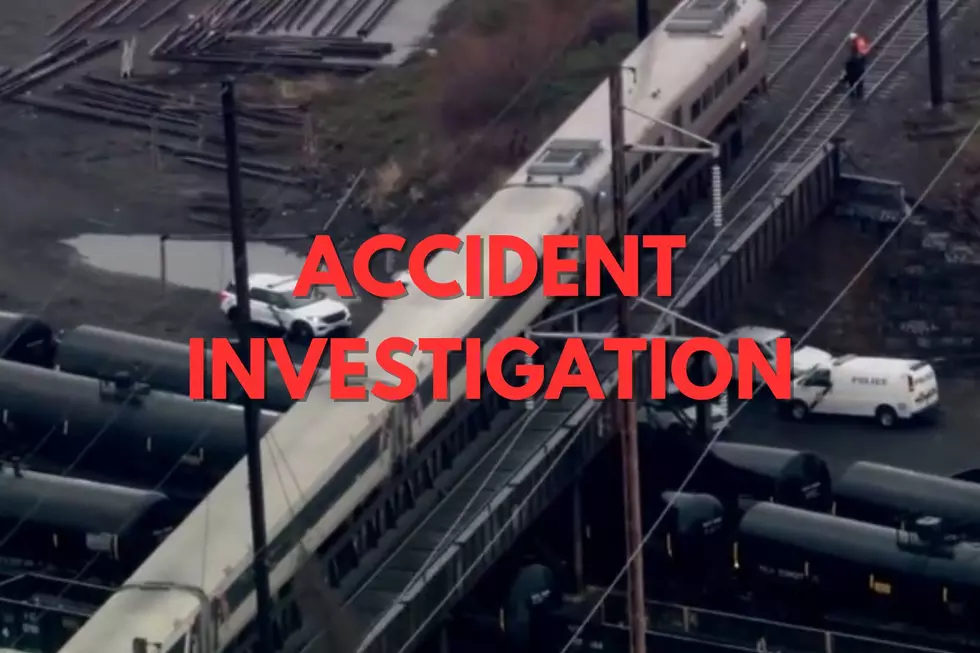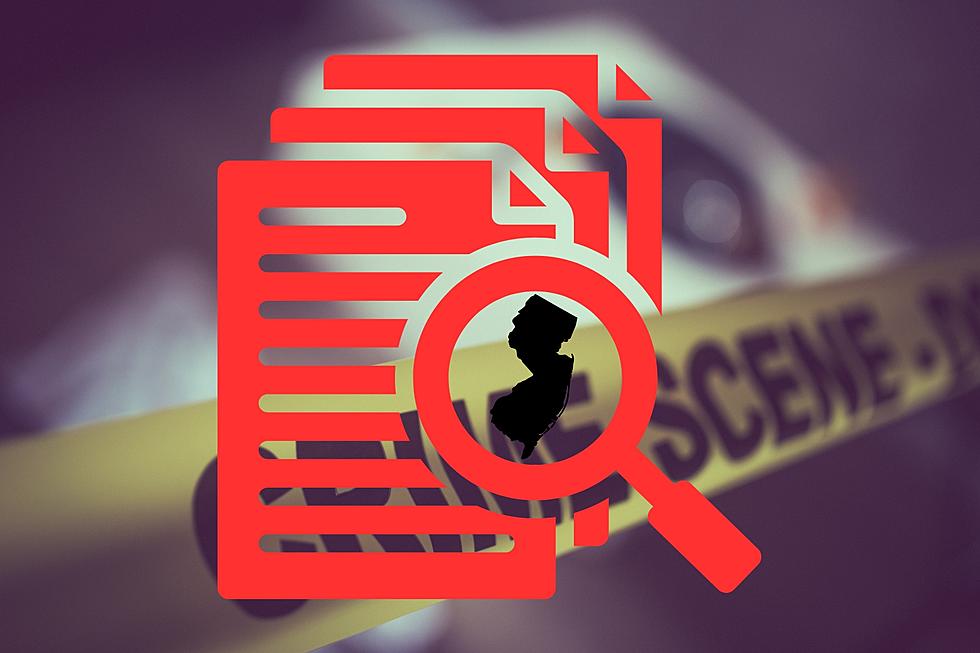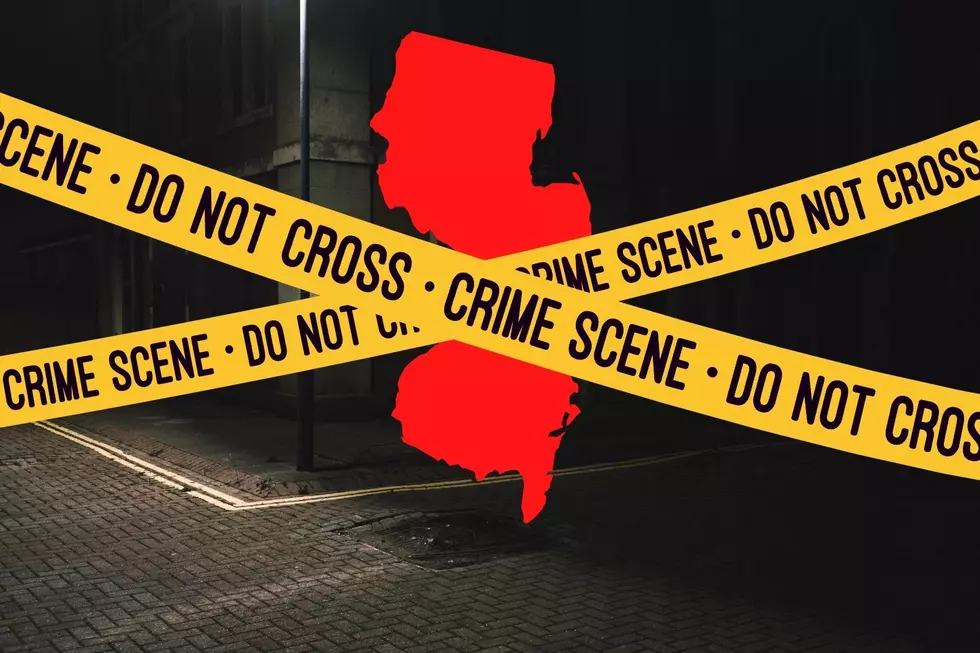
The Many Ways They Want NJ Transit to Fix Bus Service
A new campaign is underway pushing New Jersey Transit to overhaul its oft-overlooked bus service, which despite shrinking ridership over the last decade still handles more than half of NJT’s rides each year.
Nick Sifuentes, executive director of Tri-State Transportation Campaign, said there are some cheap and easy fixes, like making riding the bus more intuitive.
“Making sure that schedules and maps are easy to understand and that when you arrive at a bus stop that you know exactly when the bus is coming, where it’s going, where to get off and what to pay,” he said. “That sounds basic, but all of these things can be challenging on New Jersey Transit buses.”
There are also more expensive fixes, such as having municipalities redesign streets to make them friendlier to buses, such as adding to the state’s mere 8 miles of dedicated bus lanes.
The report also calls for redesigning NJT’s bus network, which Sifuentes described as “wildly outdated.”
“A lot of these routes are decades old and date back to the streetcar era, date back to the creation of New Jersey Transit” in 1979, he said. “And in a lot of cases where people live and especially where people work, all of that has changed. Some of these bus routes were designed to take people to factories that don’t exist anymore.”
A redesign of the bus network could also allow NJ Transit to complete one of the other suggestions included in the report: Reducing the number of stops buses make, which are sometimes as little as 500 feet apart in Camden and Newark.
Sifuentes said buses can spend as much as 20% of their time stopped, waiting for passengers to get on and off, and that service would get faster and more reliable with fewer stops.
“Yeah, it’s true, everybody loves having a bus stop in front of their house. But those same people don’t love having a bus stop in front of everybody’s else’s house, too,” said Sifuentes, who said commuters would trade a half-block or full-block wait to a bus stop for a better ride.
NJ Transit says it already regularly monitors customer demand and makes adjustments to maximize the availability of bus service. It will also complete purchases of 268 new buses in 2020. In the last year, interstate bus ridership is up 1%.
“NJ Transit looks forward to meeting with Tri-State Transportation Campaign to review the report’s findings,” said spokeswoman Nancy Snyder.
The report says the biggest obstacle to improving bus service is a lack of dedicated, reliable funding.
Sifuentes said revenue-raising options include partnerships with companies and universities to offer discount passes to employees, which can create new passengers.
“You can do things like develop more around big bus hubs. We’ve seen big developments go in around train stations and light rail stations. You can do the same thing with major bus hubs, especially the ones that are going cross-Hudson,” Sifuentes said.
He said the state can also increase the direct subsidy from the state budget.
“The bad thing is that New Jersey Transit needs more money both for rail and for bus, and both are very important,” Sifuentes said. “The good thing is that improvements on the bus network can happen for less money and can happen much faster than the rail improvements that are also necessary.”
“A little bit goes a long way when it comes to the bus,” he said.
More From WPG Talk Radio 95.5 FM










